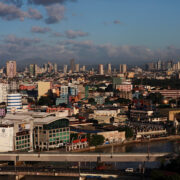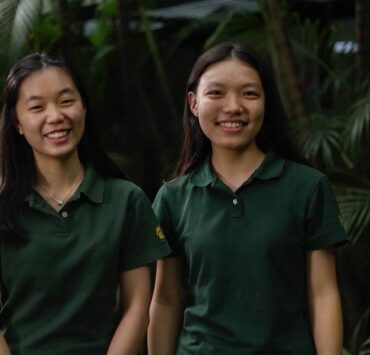The heart of Tutulari
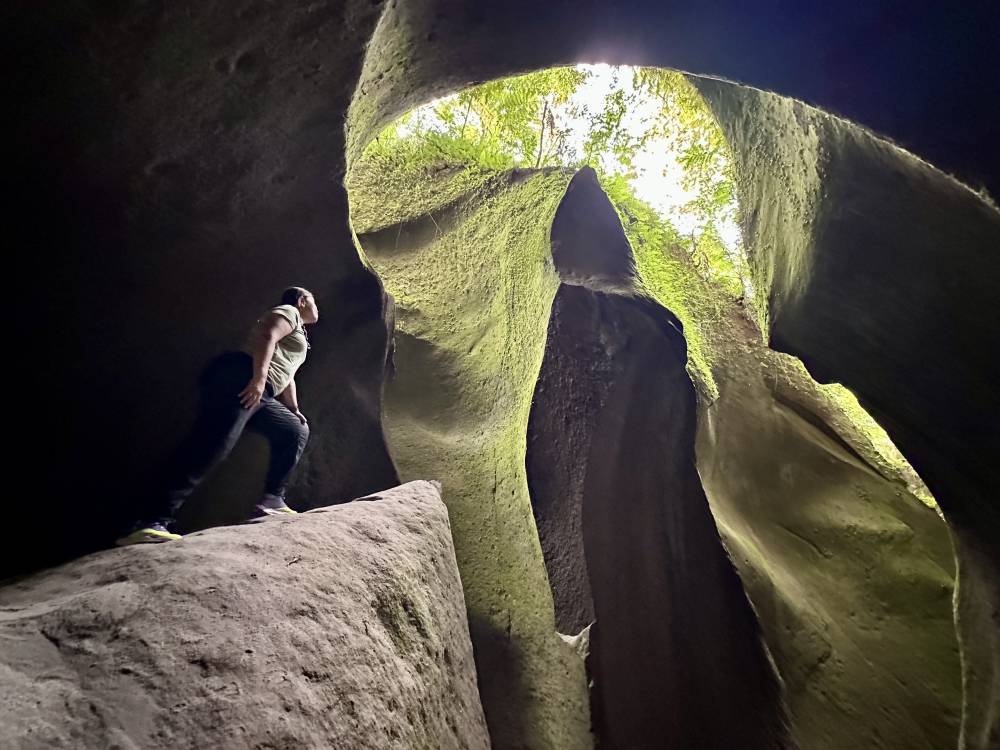
I already knew Tutulari Avatar Gorge was beautiful, even before I set foot there. Since it opened in 2022, my social media feeds have been filled with photos of sunlight streaming through a canopy of greens, moss-covered cliffs, and dramatic rock walls that look like they belong in a fantasy film.
So when I finally had the chance to visit during a recent trip to Clark, I thought I was ready for the view. But I soon realized that the most beautiful thing about Tutulari isn’t something you’ll find in photos.
Located in the ancestral lands of Porac, Pampanga, Tutulari Avatar Gorge is a stunning example of how tourism can thrive while uplifting local communities. It’s a living, breathing space where Indigenous heritage, nature conservation, and visitor experience are thoughtfully and respectfully woven together.
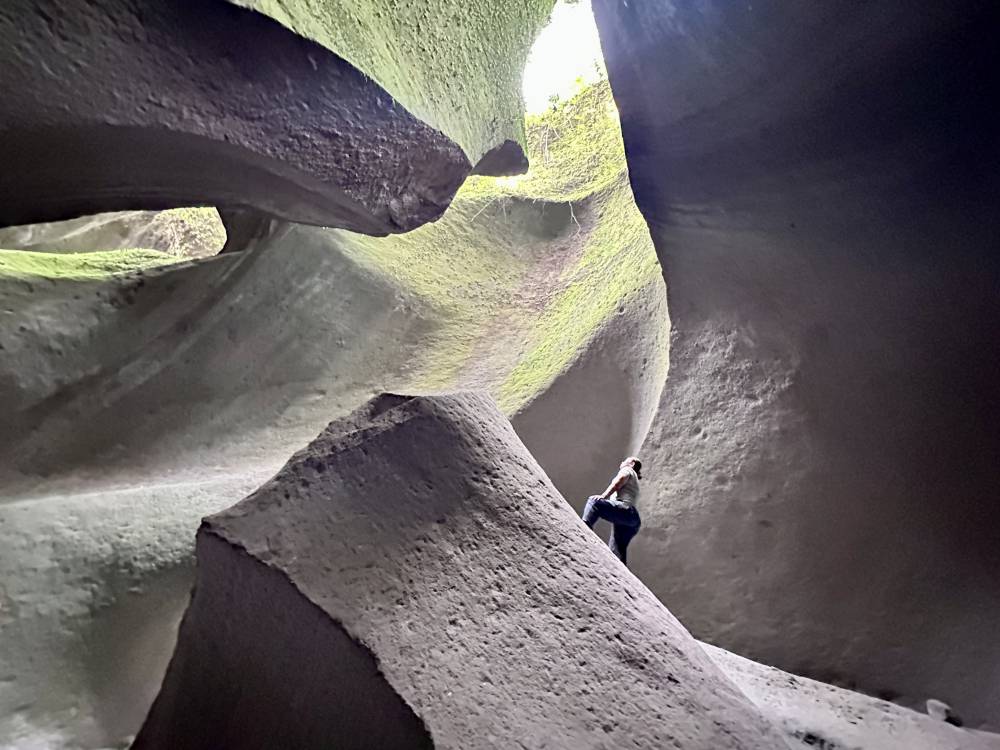
I visited as part of a three-day tour organized by Cebu Pacific to promote their new routes to and from Clark International Airport, which are El Nido, Coron, Siargao, and Masbate. Tutulari was our final stop on the second day of the tour, and for many of us, it turned out to be the highlight of the entire trip.
We rode 4×4 vehicles from Clark, and the 45-minute journey was already part of the adventure. We passed lahar fields and rugged trails, the landscape gradually shifting as we approached the gorge.
Our group was warmly welcomed by Norman King, a proud member of the Indigenous Peoples Organization of Porac, along with fellow Aeta guides. They greeted us with handmade leis and small gifts. It felt like more than a welcome; it felt like being invited into someone’s home and heritage.
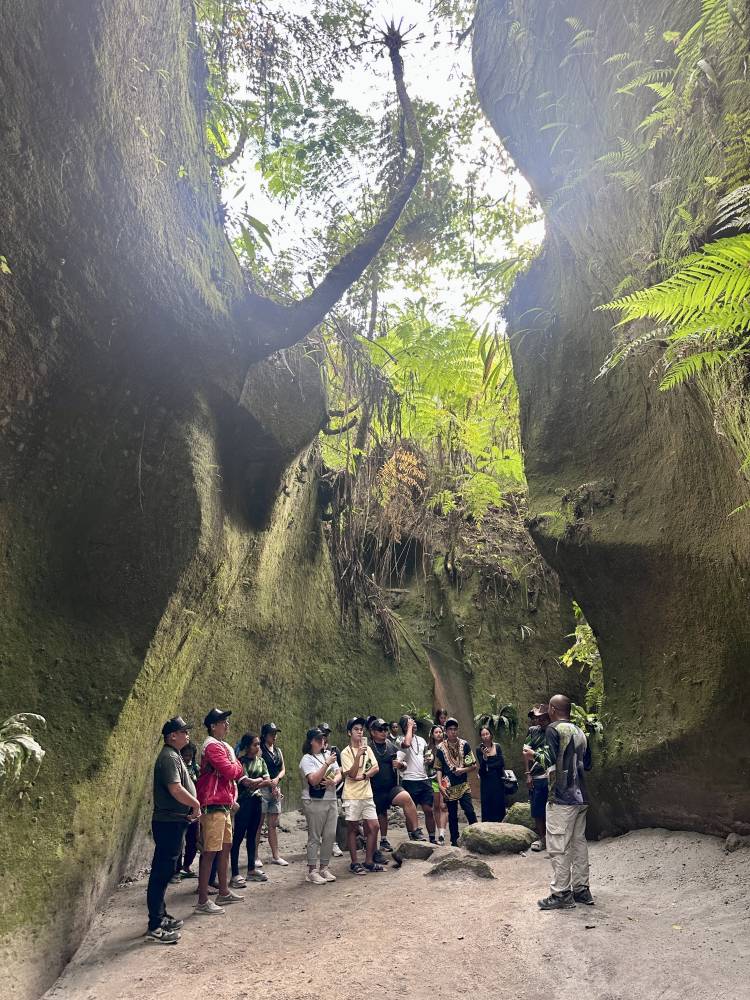
Norman himself is an inspiration. In 2017, he made history as the first Aeta graduate of the University of the Philippines Manila, a powerful achievement considering the systemic barriers Indigenous students face, from limited access to education to the long distances they often travel just to attend school. As co-founder of a group that works to address these challenges, Trails to Empower Kids, I understand them well.
Sacred site
During our tour, Norman shared how the community takes great care in protecting and preserving this sacred site. Everything in Tutulari reflects local leadership, cultural pride, and environmental stewardship.
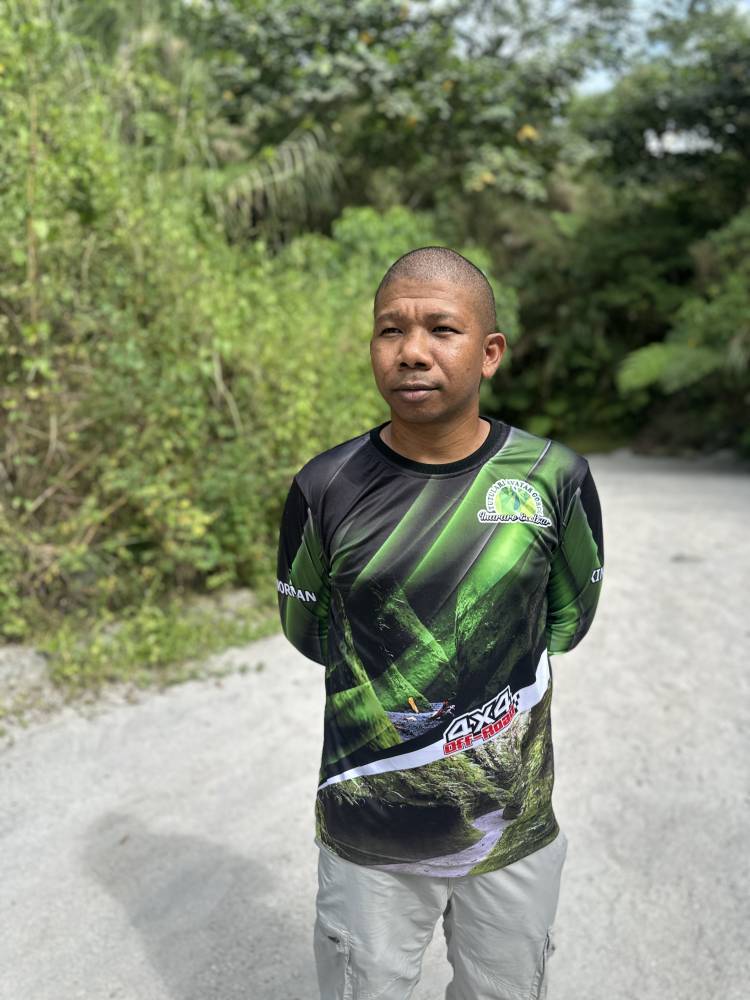
The name Tutulari comes from the Kapampangan word “tutulo,” meaning “dripping,” referencing the area’s year-round water flow. For generations, the gorge has served as a vital water source for nearby Indigenous communities. The word “Avatar” was added later by the community themselves, inspired by the place’s resemblance to the lush world of Pandora in the “Avatar” movie.
The terrain was shaped by the eruption of Mt. Pinatubo and years of erosion. An initial survey found five species of mosses in the gorge, alongside delicate micro-ferns. Norman reminded us not to touch them, as even the natural oils from our hands could disturb their growth.
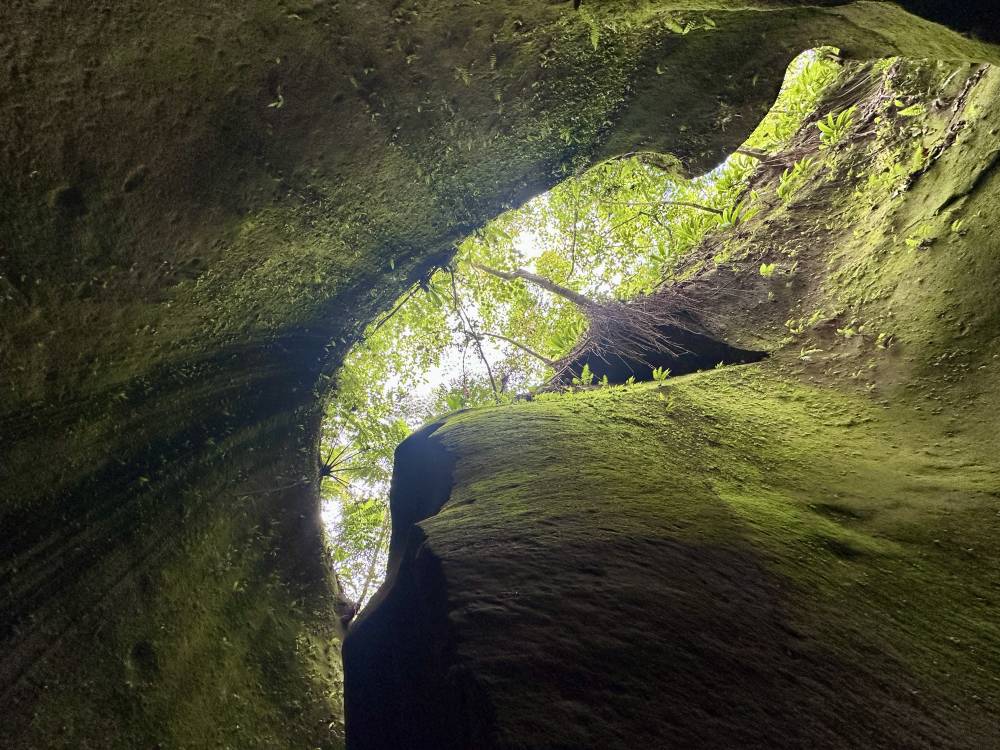
The walk through the gorge spans around 500 m and is beginner-friendly. Wooden stairs were carefully built into the trail. Norman explained that they intentionally avoided using steel to prevent rust and to maintain harmony with the natural surroundings.
Another thing the community takes seriously is choosing the right partners to help manage tours. As of now, the only accredited tour operator is Pinatubo Mountainero. Norman mentioned that they are open to partnerships but only with groups that go through the proper process and demonstrate genuine respect and care for their ancestral land. Walk-ins are strictly not allowed; visits must be registered through the group’s official Facebook page.
Inside the gorge, it was cool and serene, a stark contrast to the heat outside. Although our group had about 15 people, I was able to explore parts of the trail on my own, often pausing for quiet moments with nature. The trail is narrow but scenic, with sections where you will need to climb up or down with care. Thankfully, the guides were always nearby to assist and even help with photos.
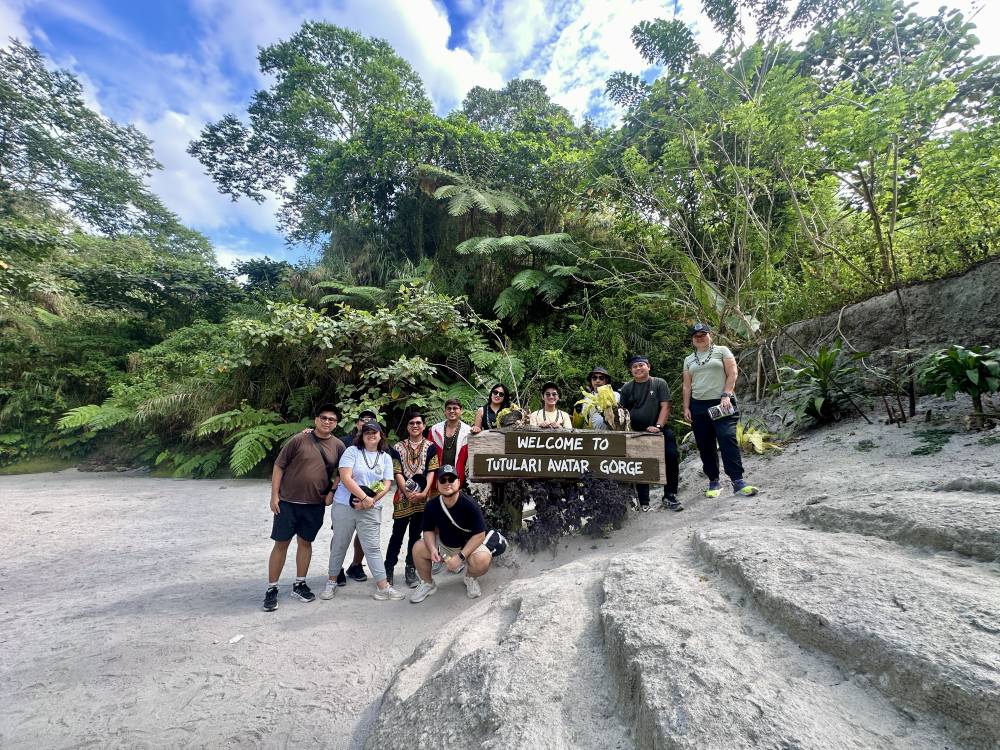
Iconic spot
One of my most memorable moments was finally having my photo taken at the gorge’s most iconic spot. It was high up, and I will admit I have a fear of heights. My knees were shaking. But as one of my companions said, the buwis-buhay was worth it.
I must add, actually stepping inside the gorge is a completely different experience. It is something you need to immerse yourself in. Photos simply do not do it justice.
On our way back, it began to rain. We remembered how the gorge used to be filled with water and picked up the pace. But the light shower made the walk even more special. The thick canopy above filtered the raindrops, surrounding us with cool mist and soft sounds, the kind of moment that stays with you.
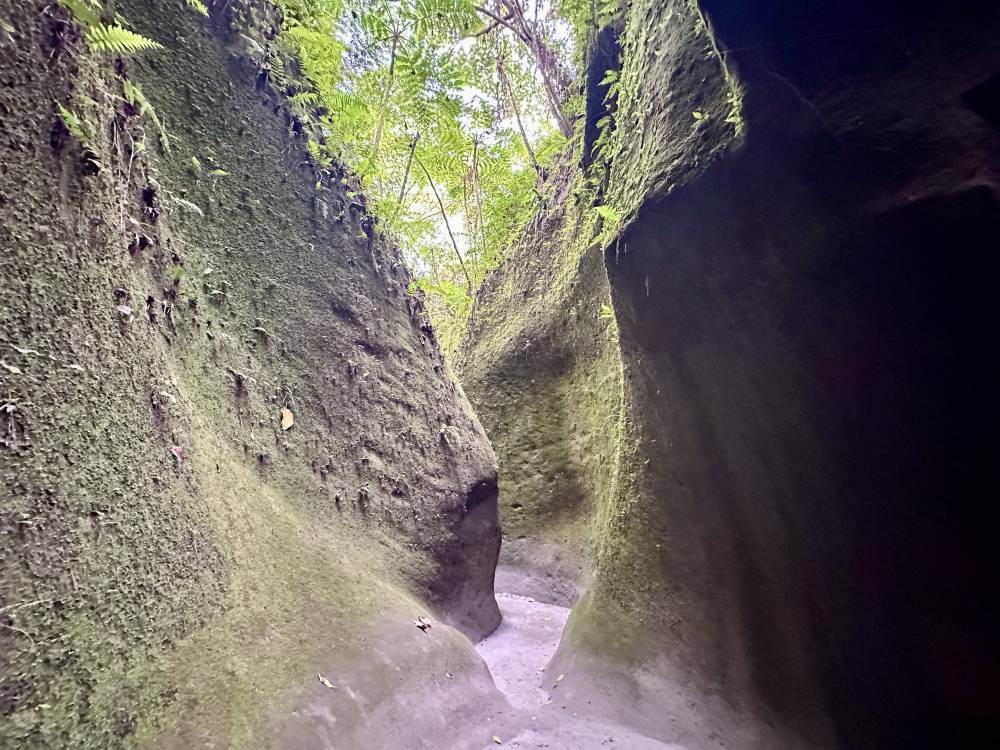
Before heading back to Clark, we made one final stop at the Barangay Inararo View Deck, a peaceful spot with panoramic views of the surrounding mountains, including Mt. Arayat and Mt. Pinatubo. Our guides prepared a spread of local root crops, fruits, and refreshments, which we enjoyed while taking in the view.
If you are planning a trip to Clark soon, I highly recommend carving out time for Tutulari. It is a journey that begins with natural beauty, but what you will carry with you is something far deeper. It is a reminder that the most meaningful destinations are those protected and shared by the people who call them home.






